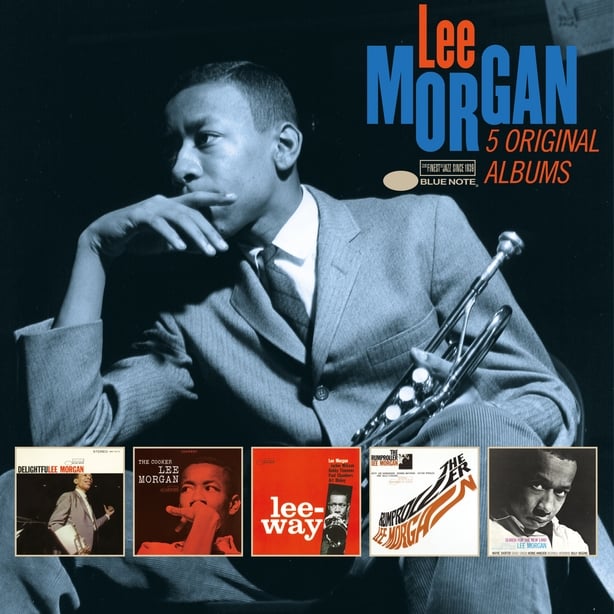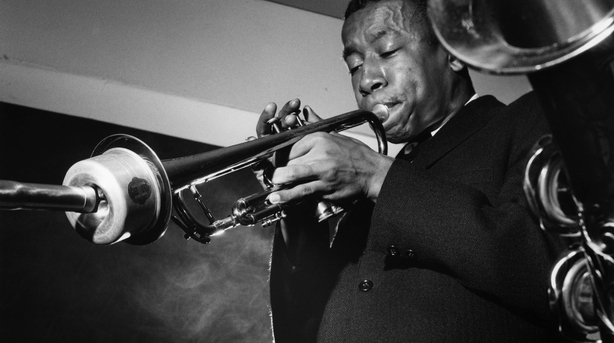On a bitterly cold night sometime in 1967, trumpeter Lee Morgan didn’t even own a trumpet. He had left his horn and winter coat was in the pawnshop, all in the interests of scoring heroin. He was often seen sleeping on the curb outside Birdland in New York City, sometimes without shoes on his feet.
Or he would sleep on pool tables in bars, with a filthy suit worn over his pajamas.He was known at least once to have stolen to feed the drug habit, and a television set was on one occasion purloined from a hotel lobby for rapid cash.
Three years following the release of The Sidewinder, unquestionably one of the greatest albums of the 1960s, Lee Morgan was in the throes of addiction. Indeed he had been in thrall to drugs for the best part of ten years. He had been a hugely promising star at the age of 20, after his late teens apprenticeship as a soloist in Dizzy Gillepsie's Big Band. It was Art Blakey who introduced him to heroin, his characteristic tactic with young proteges such as Lee Morgan who, after Gillespie's Big Band ceased operations, became a rising star with Blakey's Jazz Messengers.
Signed to Blue Note around this period, the wunderkind of a precise, often silky bebop made six albums for the label in one year alone. He recorded many more in succeeding years, despite the ravages of heroin addiction. The musician spent a period at at the so-called Narcotic Farm in Lexington, North Carolina, a rehab facility which was also patronised by William Burroughs and Chet Baker. However, heroin would continue to dog his short life and his death deprived 20th century music of one of its true greats.

As he approached 30, he could hardly have played a trumpet, had he owned one, as he had stopped practicing. Yet fate would have it on that night in 1967 that he would meet Helen Moore - sometimes written `More' - the woman who would take him in. She effectively rescued and mothered him, helped him clean up his act and return to full-time performing. Not a user herself, Moore was a complex, even conflicted individual given that she used to carry bags of heroin for dealers.
Lee and Helen became known as a couple although they never officially married and it seems Morgan never divorced his first wife. In decidedly tragic turn to the story, Helen was also the lady who would shoot Lee dead at a New York city club five years after their first meeting.
So much for the events and the musician's death in such traumatic circumstances in 1972. Meanwhile, to a slice of the great legacy and this five album anthology from the great trumpeter and composer which comprises in chronological order, The Cooker (1957), Leeway (1960), Search for the New Land (1964), The Rumproller (1965) and Delightfullee (1966).
Bask in the tunefulness and the somewhat measured, or restrained bebop structures. Warm too to the presence of great sax practicioners Joe Henderson and Wayne Shorter or remain unmoved (as this writer did) by the token Beatles cover, an ill-fitting, by numbers reading of Yesterday, out of kilter with most everything else on the five albums. You will be charmed by the charming sway of the Big Band version of The Delightful Deggie on the Delightfullee record.
Listen to the soulfully supple Sunrise, Sunset with Morgan and Henderson on top form on that Delightfullee album. Note too the distinct influence of John Coltrane on the portentous opening notes of Search for the New Land from the album of that name. There is wistful stuff too, poetic delving with trumpet on Nakatini Suite 8:10 from Leeway and Melancholee from Search for the New Land. As I say, peerless stuff.














